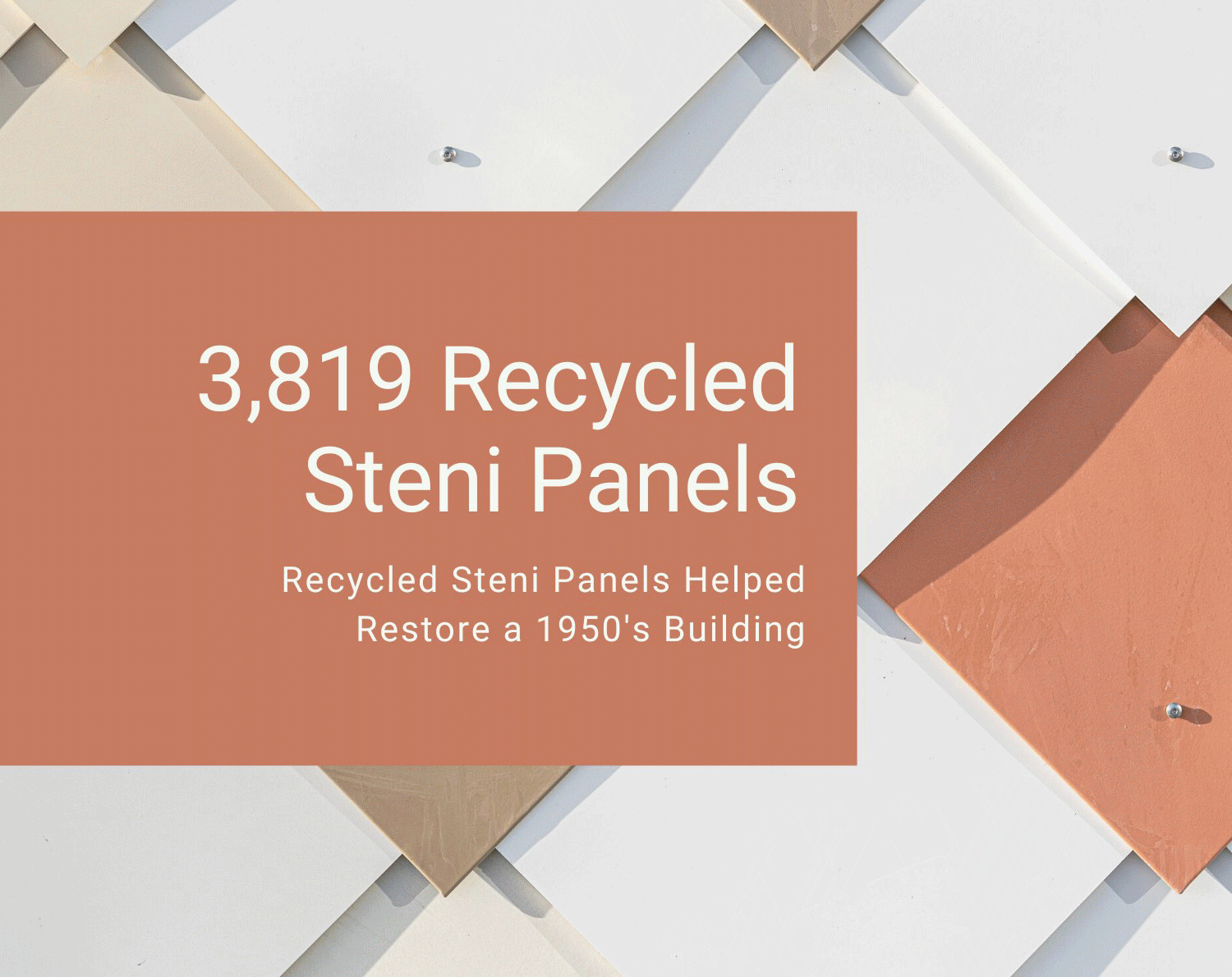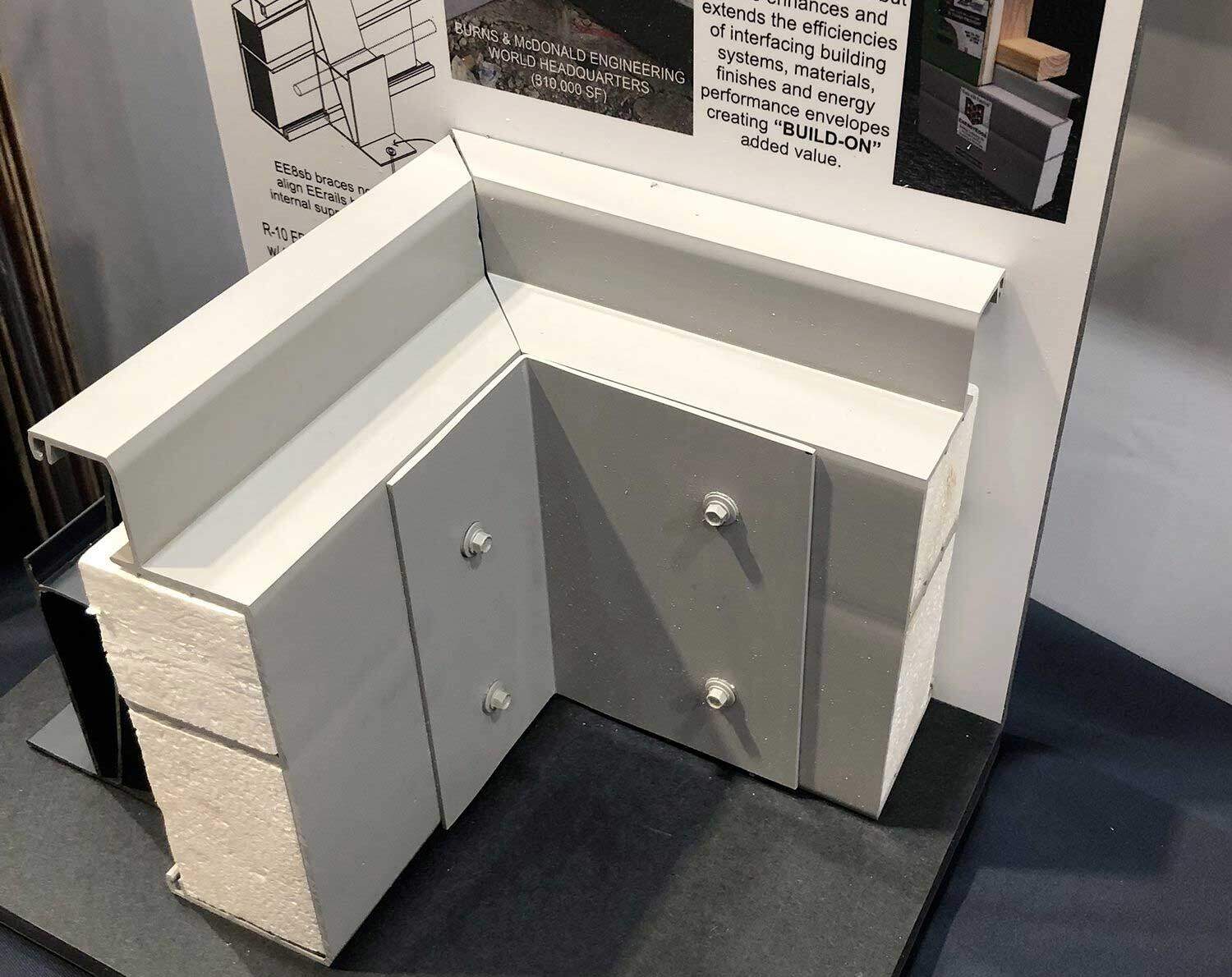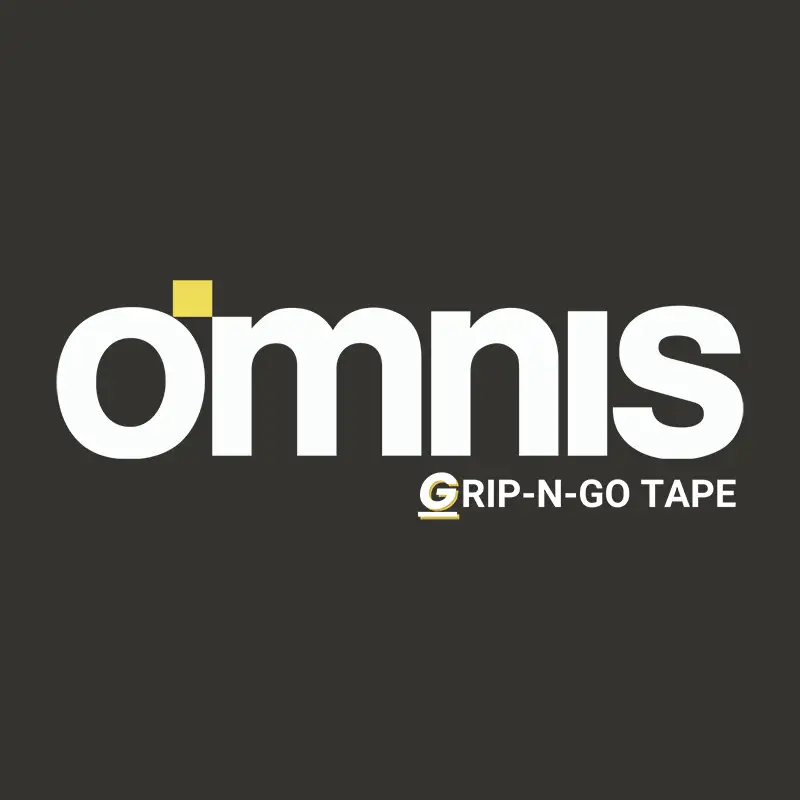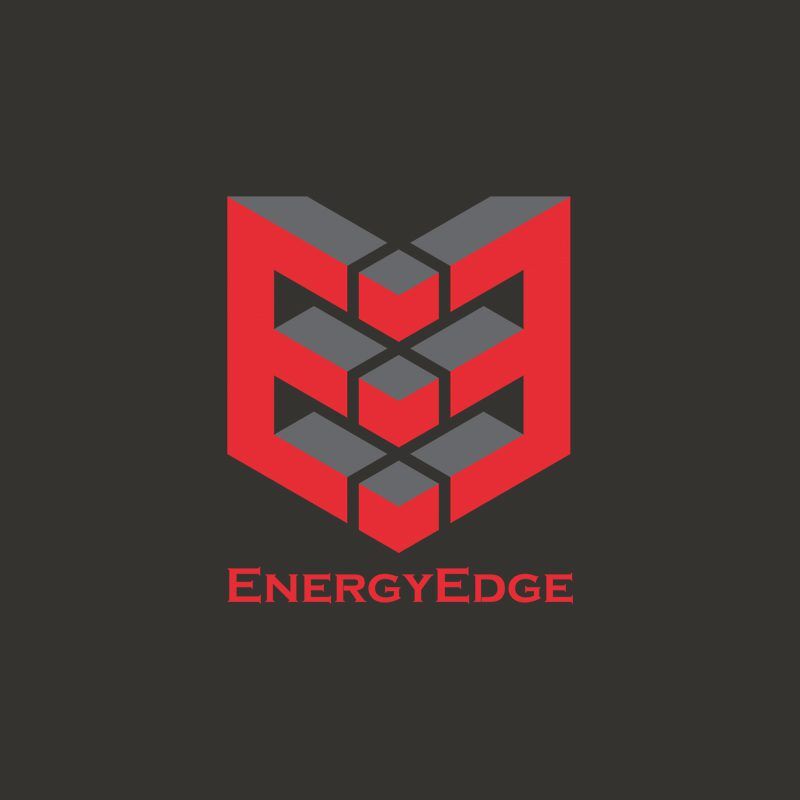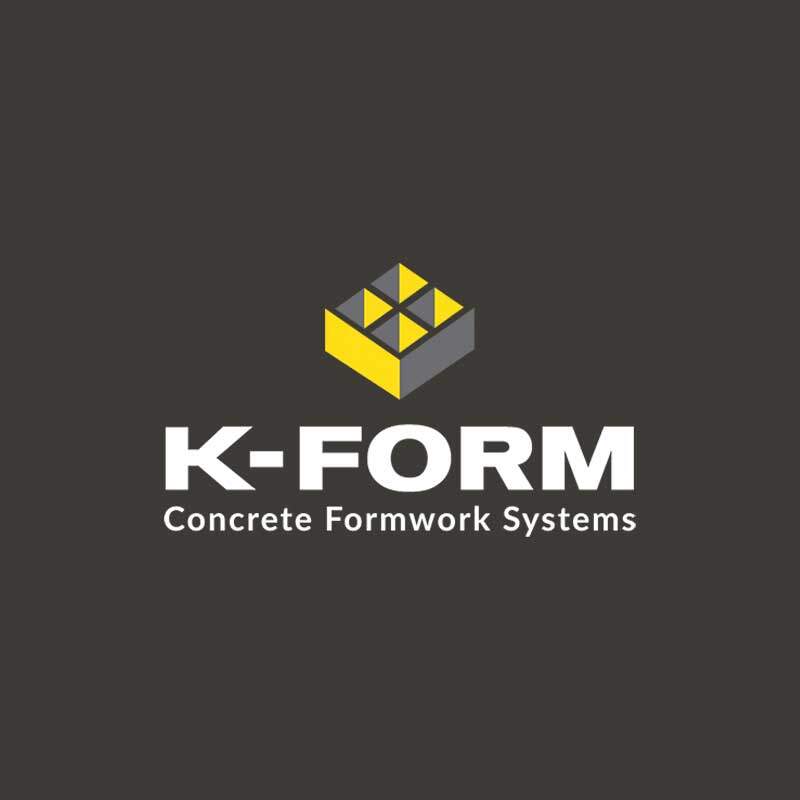Reduce Embodied Carbon with Omnis Products
Buildings and construction account for nearly 40% of global carbon emissions. Buildings built in the coming years will likely be standing in 2050, and may contribute at least 11% of current emissions.
While the construction industry shifts toward more sustainable practices, reducing embodied carbon is a critical goal. Unlike operational carbon, which refers to emissions from energy use during a building’s life, embodied carbon encompasses the greenhouse gas (GHG) emissions associated with the extraction, manufacturing, transportation, installation, and disposal of building materials.
Here’s how to reduce embodied carbon with Omnis products.
1. Reuse Existing Structures or Components to Reduce Embodied Carbon with Omnis Products.
Renovating instead of demolishing preserves the embodied carbon already invested in a structure. Even selectively reusing components, like steel beams, bricks, or aluminum framing, can dramatically cut emissions compared to new builds.
Steni Composite Stone Panels incorporates sustainability in the production, processes, and distribution of its rainscreen panels by minimizing the negative environmental impact. With low environmental impact, outstanding durability, and a 60-year warranty, Steni combines aesthetics and functionality with environmental responsibility.
Recycled Steni Panels:
A renovation of a 1950s building used 35-year-old recycled Steni Panels.
“The Steni engineered stone façade panels from the 35-year-old housing association were cut and adapted to match the dimensions needed for the renovation project. In all, we delivered 3,819 processed panels,” says Ståle Kristiansen, Regional Manager and project management at Steni. “The Kristian Augusts Gate 13 project is the ultimate example of how important wear, resistance and durability of Steni Panels are for sustainability and the environment.”
2. Slab Insulation Helps Reduce Embodied Carbon in Buildings.
While slab insulation is primarily used to improve thermal performance and reduce operational energy use, it also plays an important role in reducing embodied carbon over a building’s life cycle. By enhancing the energy efficiency of floors, especially in contact with the ground, slab insulation reduces the demand for heating and cooling systems. This allows for downsizing mechanical equipment, which cuts upfront material use and lowers associated embodied carbon. Additionally, maintaining a stable indoor temperature helps extend the life of structural and finish materials by minimizing thermal stress, reducing the need for replacements or repairs. In essence, slab insulation supports operational efficiency and long-term material durability, indirectly lowering embodied carbon throughout the building’s lifecycle.
EnergyEdge® Permanent Insulated Concrete Edge Formwork is a leave-in-place concrete perimeter formwork that provides protected rigid perimeter insulation around the edge of the concrete slab. The end result is an aesthetically superior concrete edge that is thermally isolated at its transition from below grade to the wall. EnergyEdge® formwork system meets requirements for concrete slab edge insulation (SEI) and ICC building and energy codes.
4. Limit Carbon-Intensive Materials to Reduce Embodied Carbon with Omnis Products.
5. Minimize Waste to Reduce Embodied Carbon with Omnis Products.
Build for a Low-Carbon Future
Reducing embodied carbon isn’t just a trend—it’s a necessary shift for a climate-conscious future. By selecting Omnis products, designing efficiently, and thinking long-term, the design/build industry can reduce its carbon footprint.
Incorporating these strategies supports sustainability goals and enhances project value, futureproofs buildings, and demonstrates leadership in environmental responsibility.

